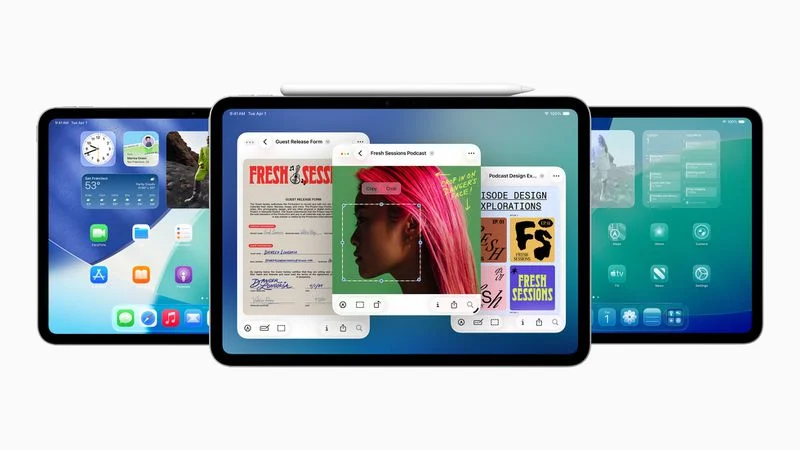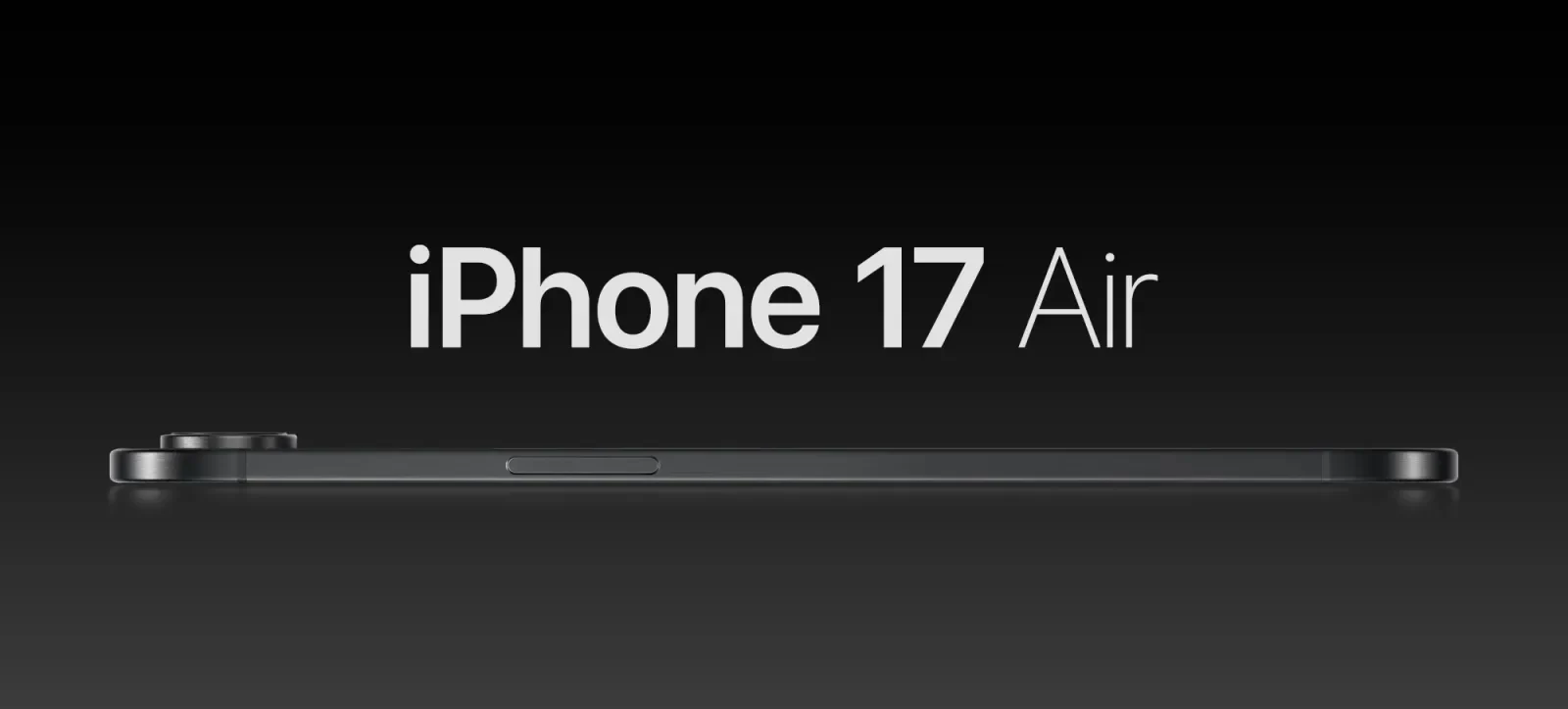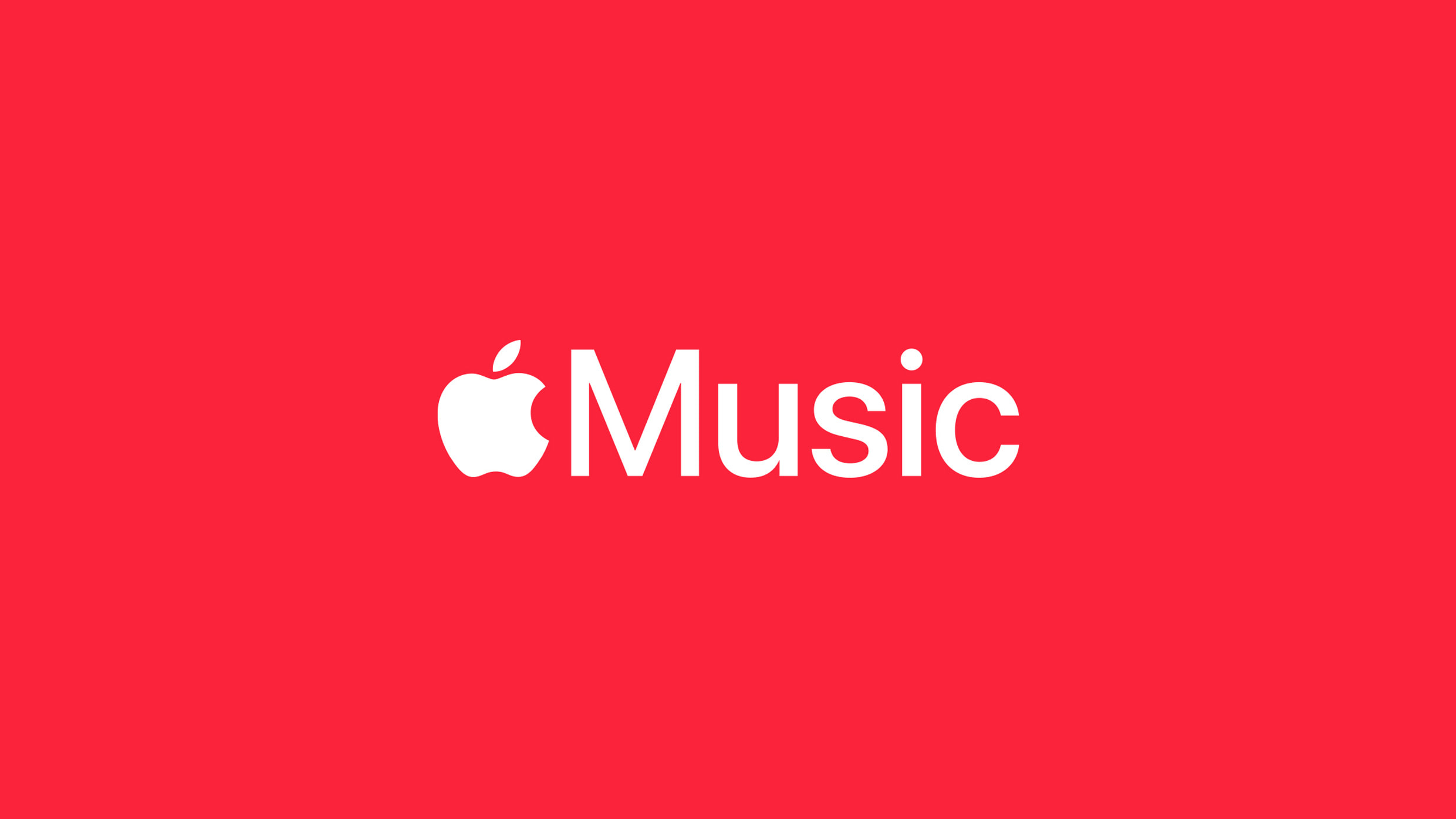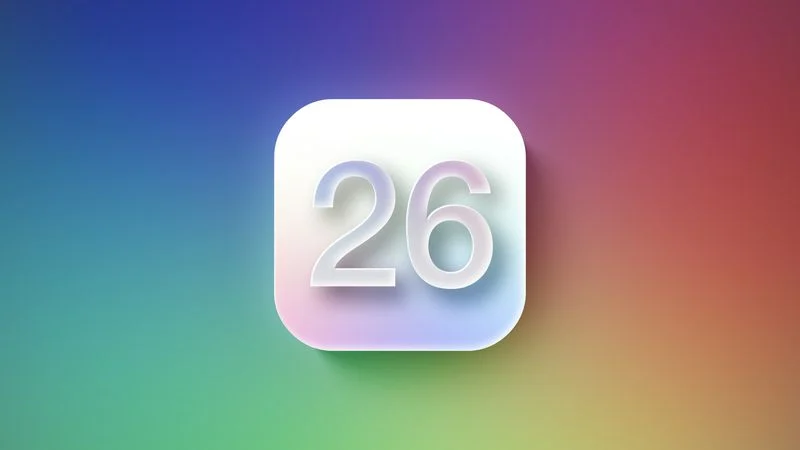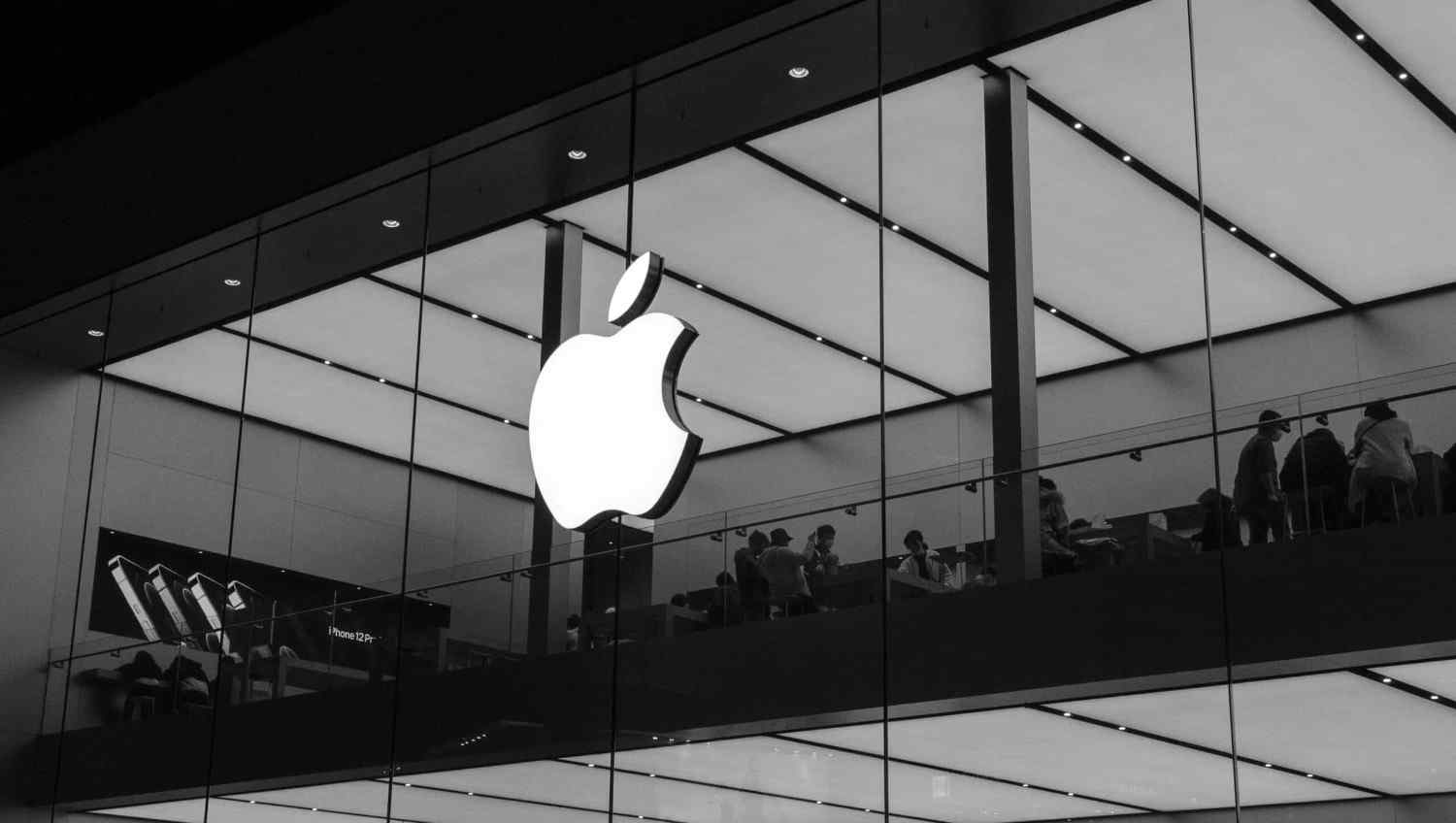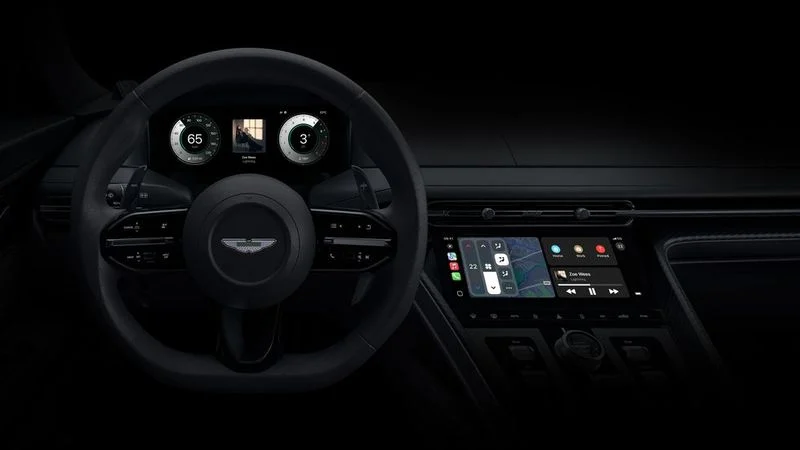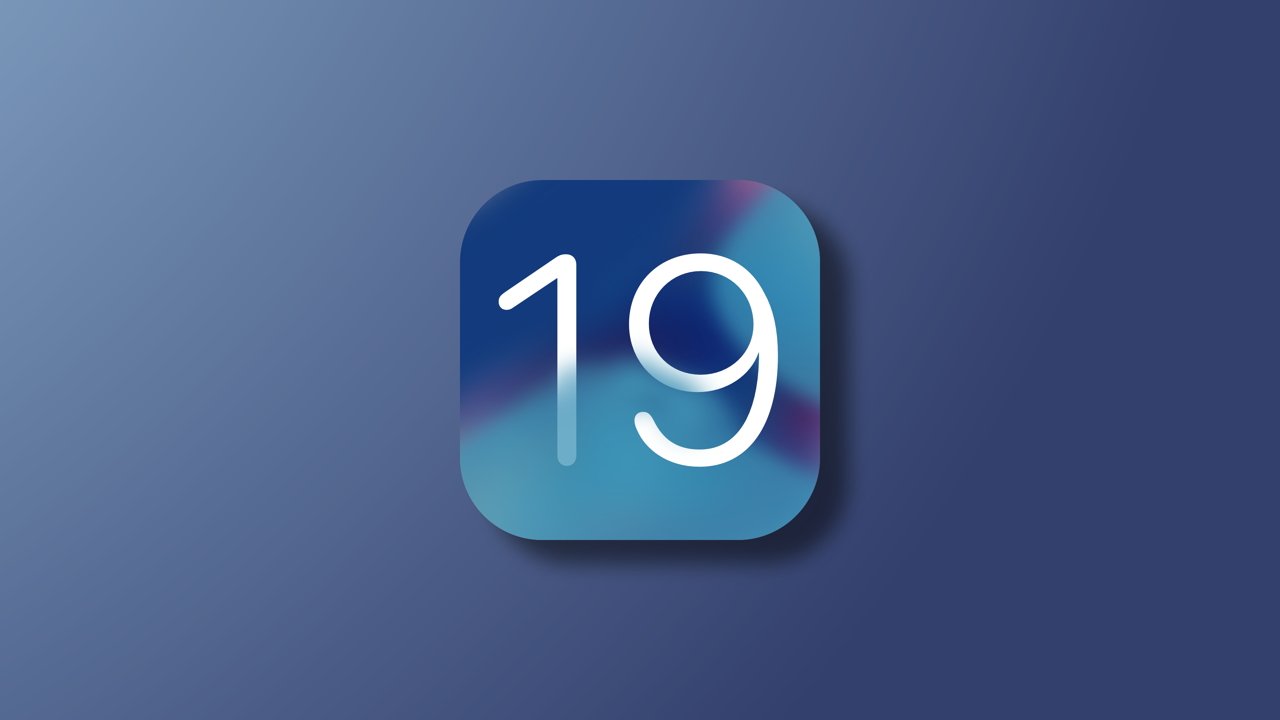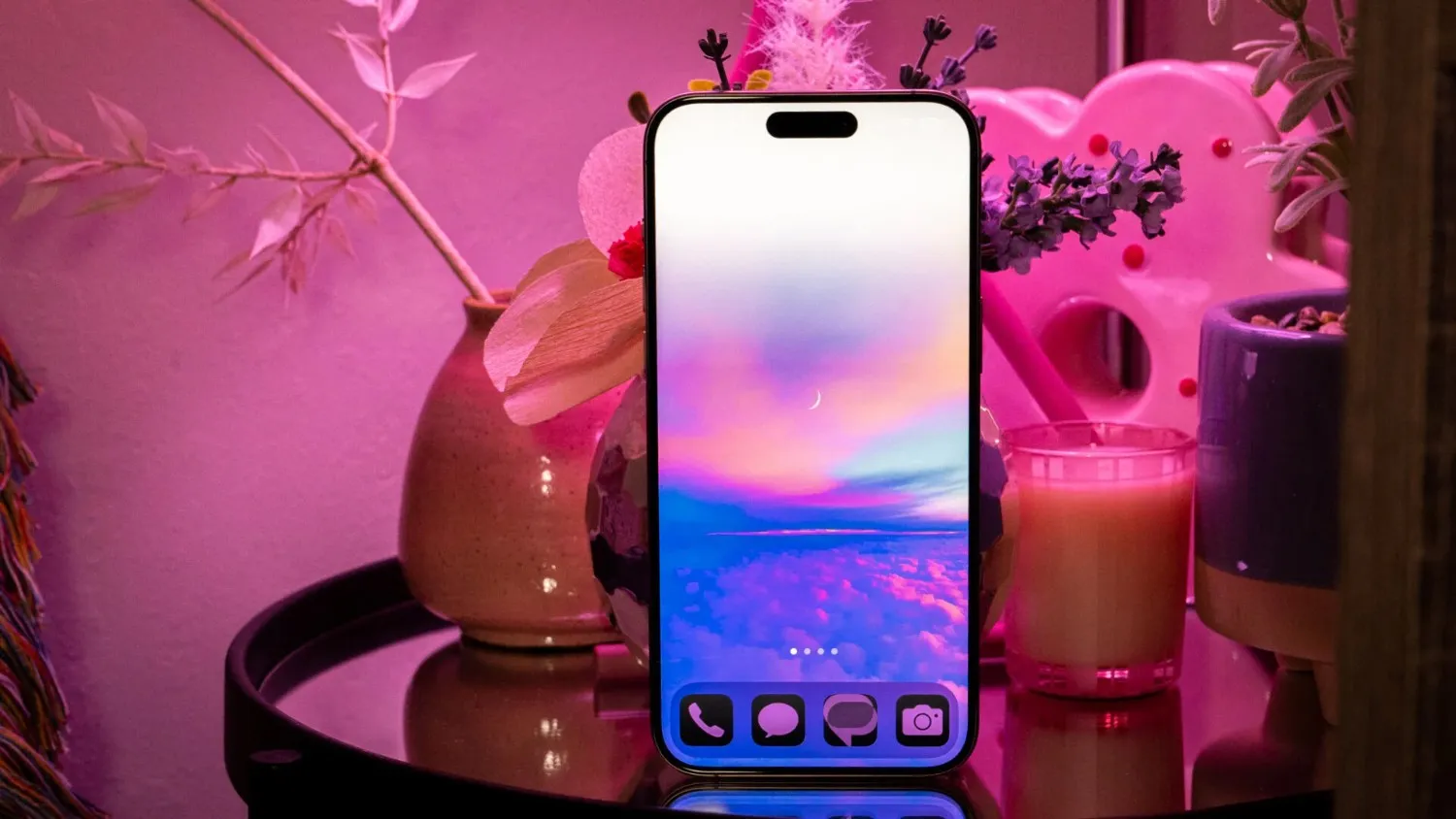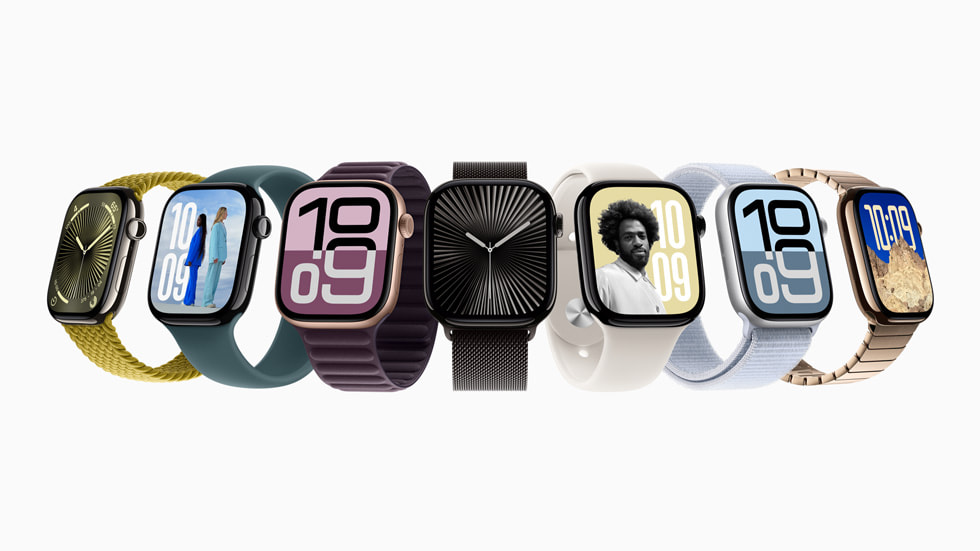Apple’s iPadOS 26 brings a handy new tool called Local Capture, designed to simplify high-quality audio and video recording on iPads. This feature lets users record clear sound and visuals directly while using any video call app, like FaceTime or Zoom, and easily share the files afterward.
It’s a game-changer for podcasters who’ve struggled with iPad recording in the past. Tech writer Jason Snell tested this feature for his Six Colors podcast, recording an episode entirely on iPads running iPadOS 26. He found the audio quality impressive, thanks to the iPad’s built-in microphones, and the process was smooth.
Local Capture saves recordings automatically, making it easy to edit or share them later. Snell noted that this tool could replace bulky external recorders for many podcasters, streamlining their setup. The feature also works well for other tasks, like creating video tutorials or capturing interviews.
Users can record both their screen and voice without needing extra apps or complicated setups. However, it’s still in beta, so some minor bugs might pop up until the final release, expected in September 2025. For podcasters and creators, Local Capture makes the iPad a more powerful tool. It solves a long-standing issue, turning the iPad into a portable recording studio. With iPadOS 26, Apple is making content creation simpler and more accessible for everyone.
